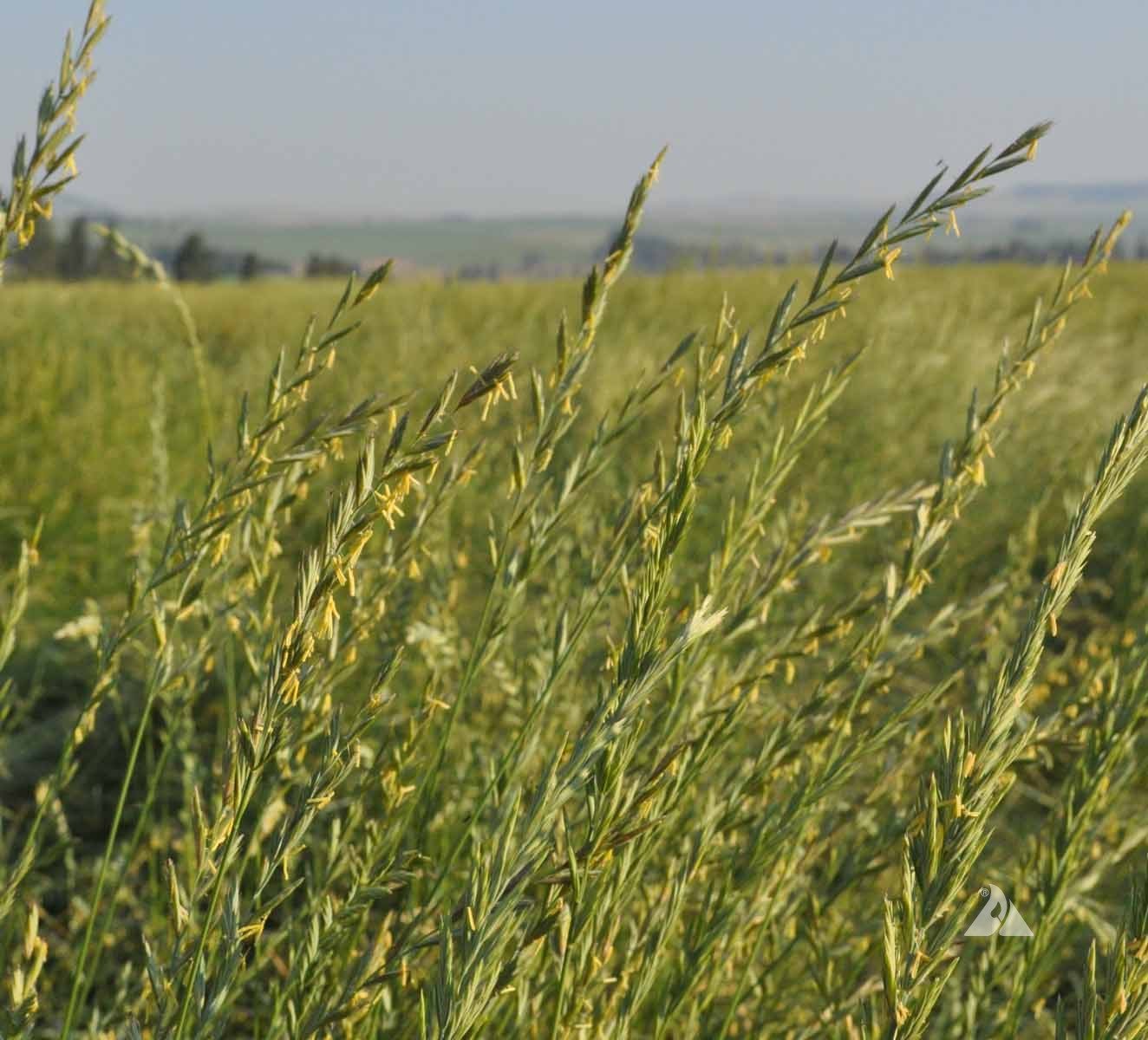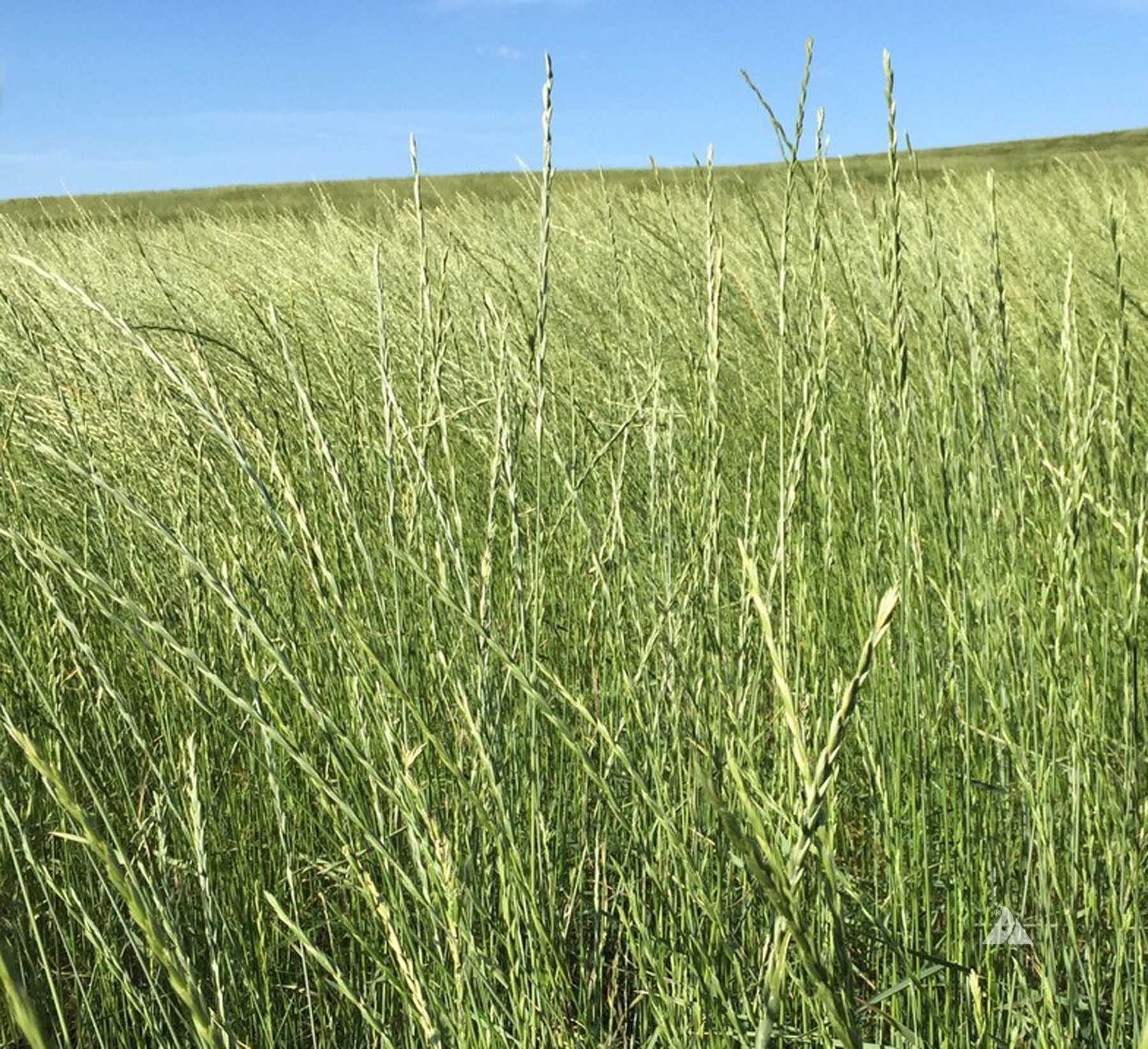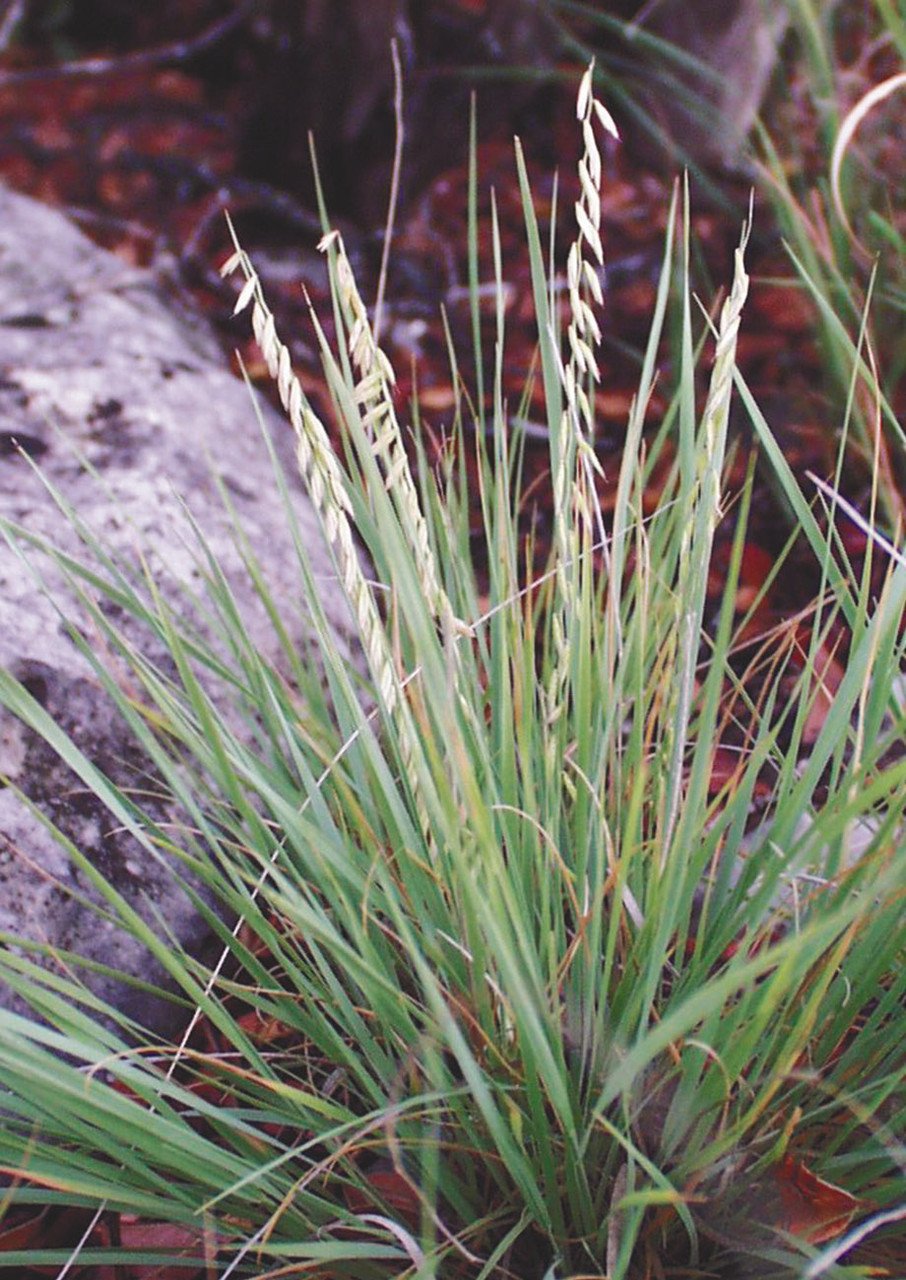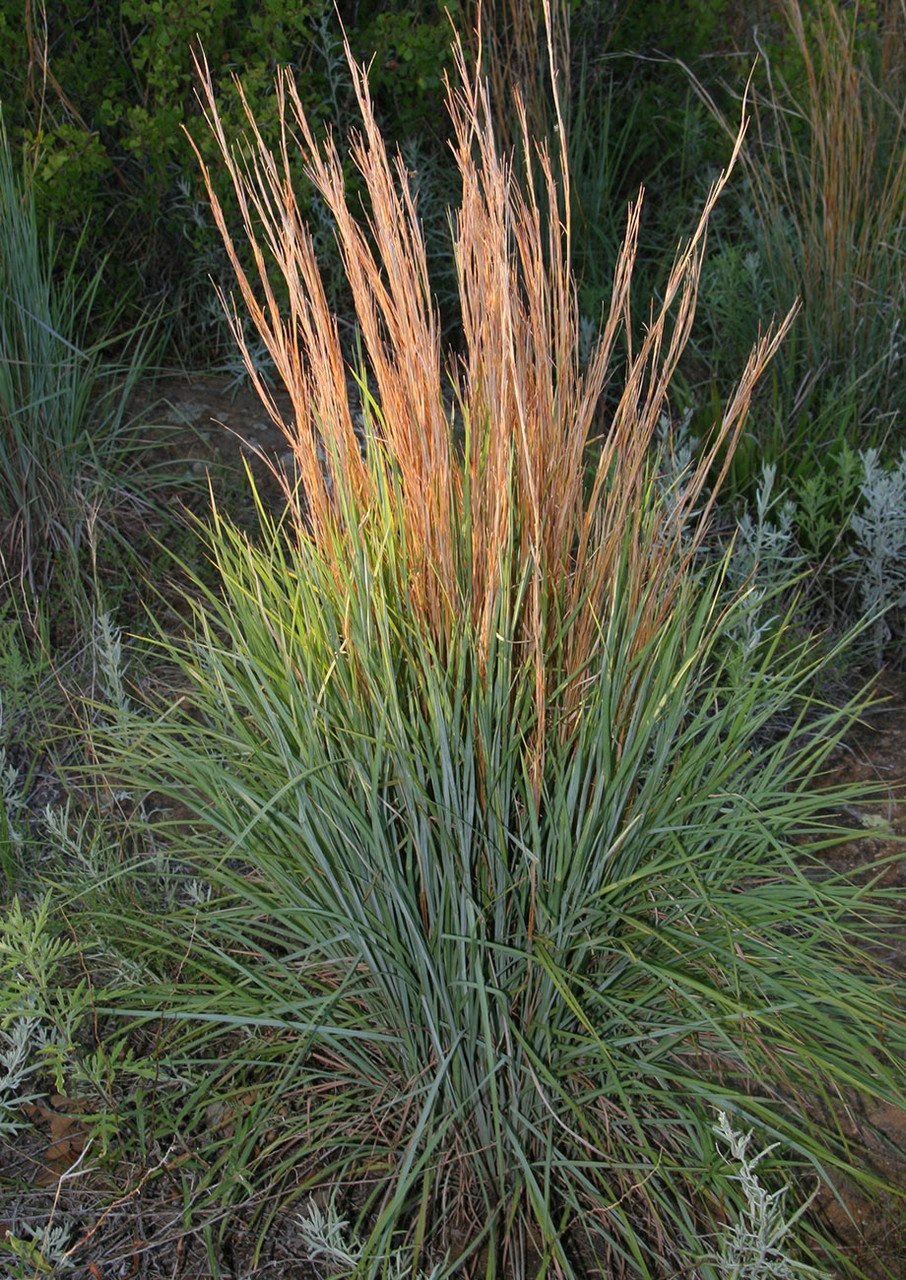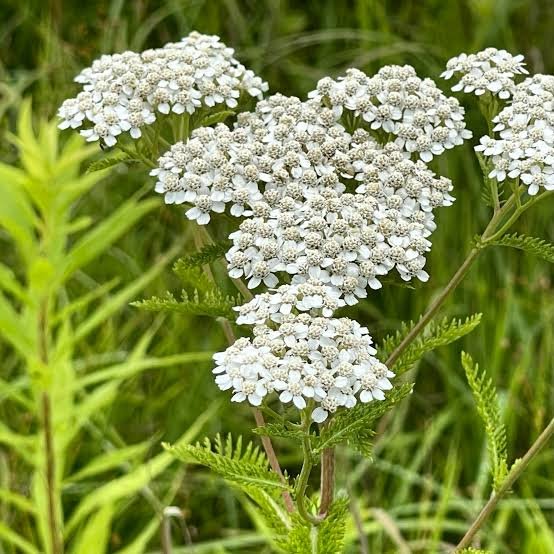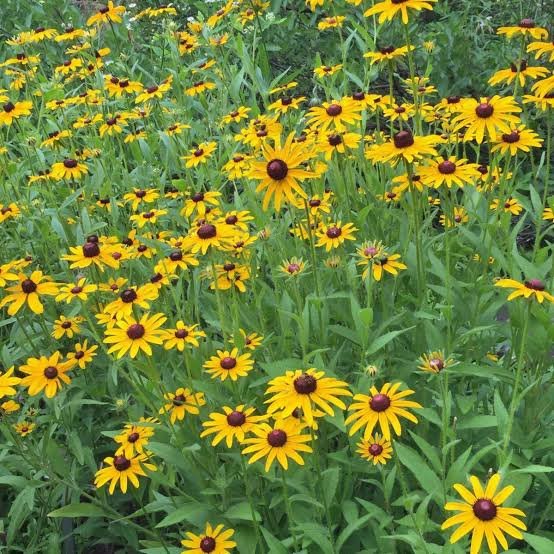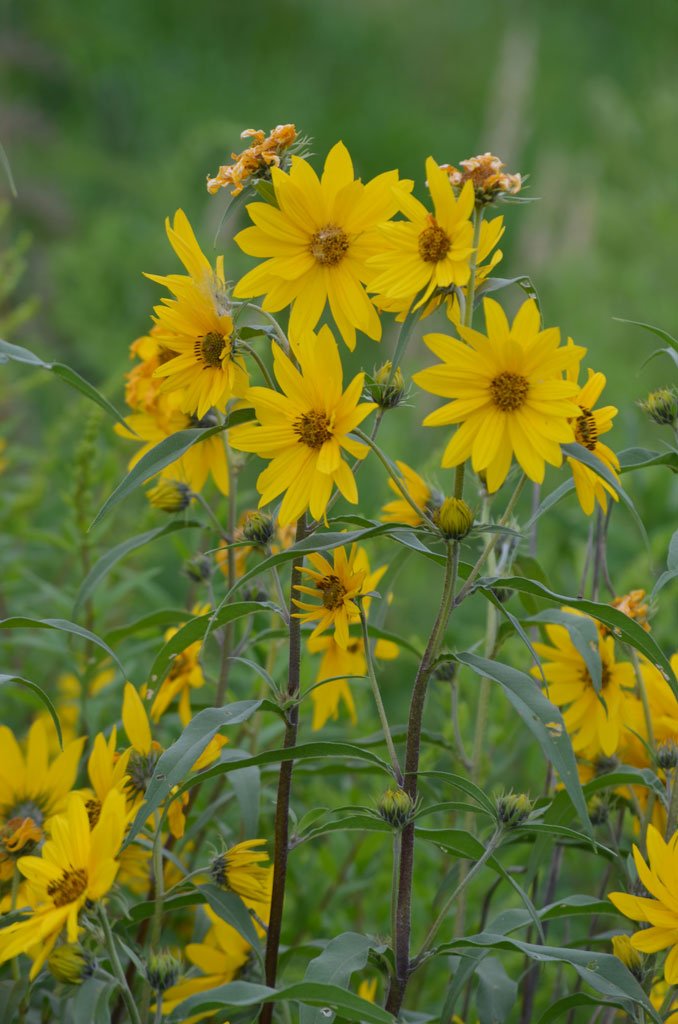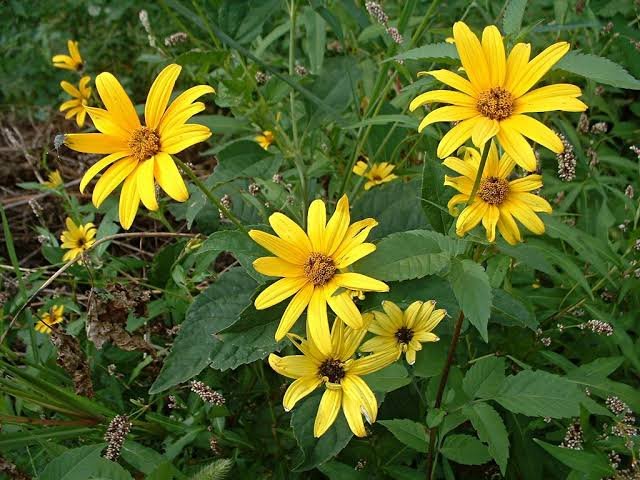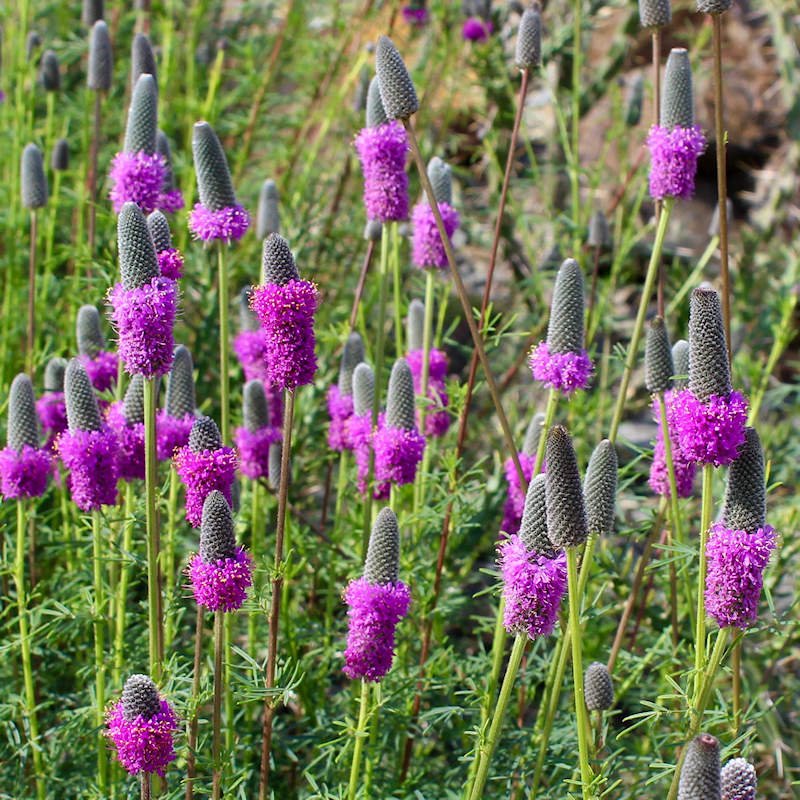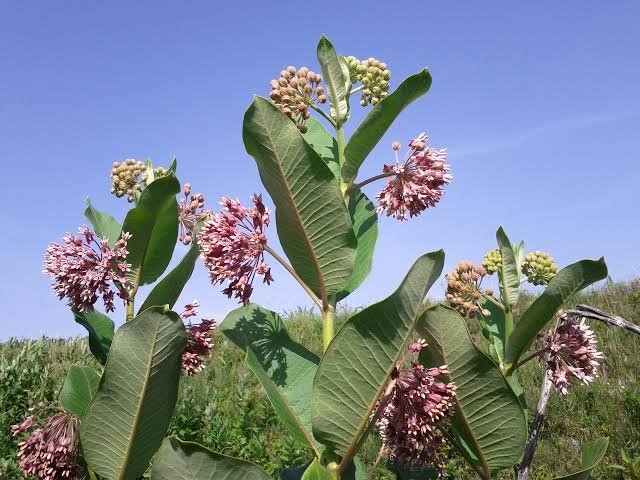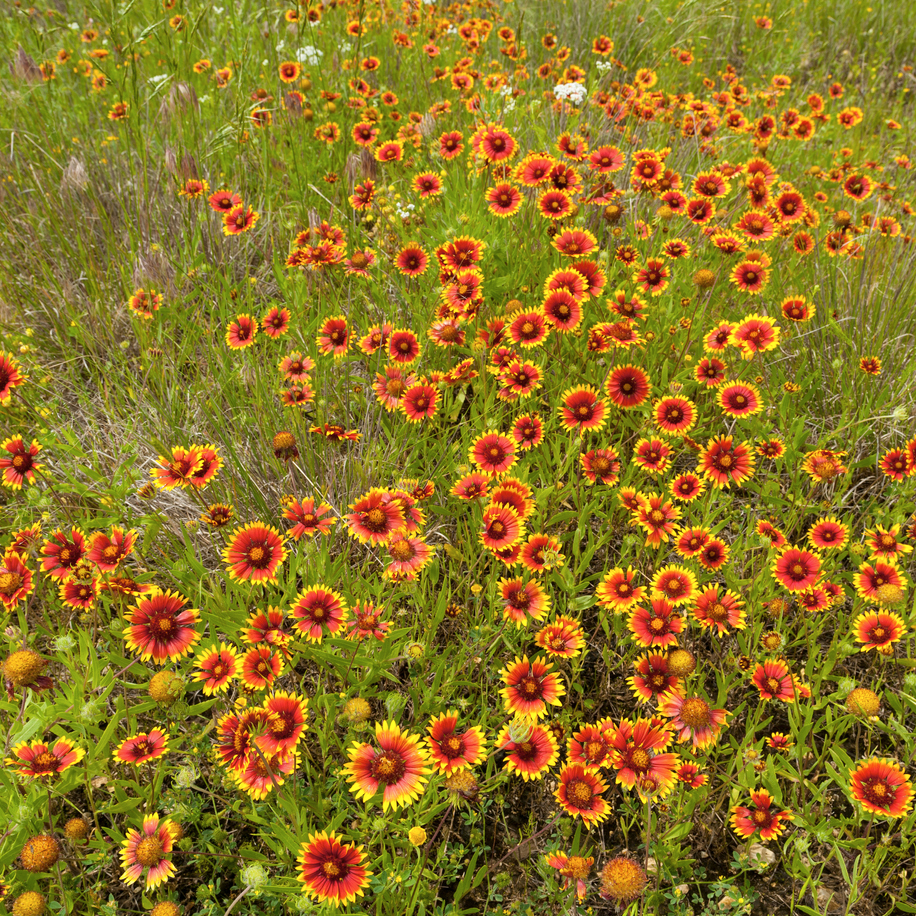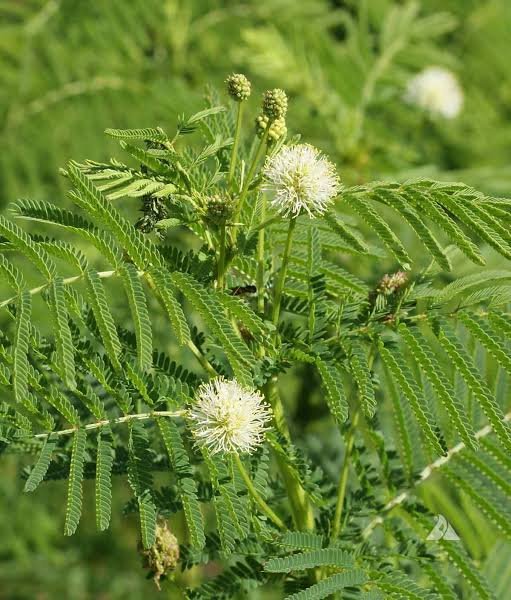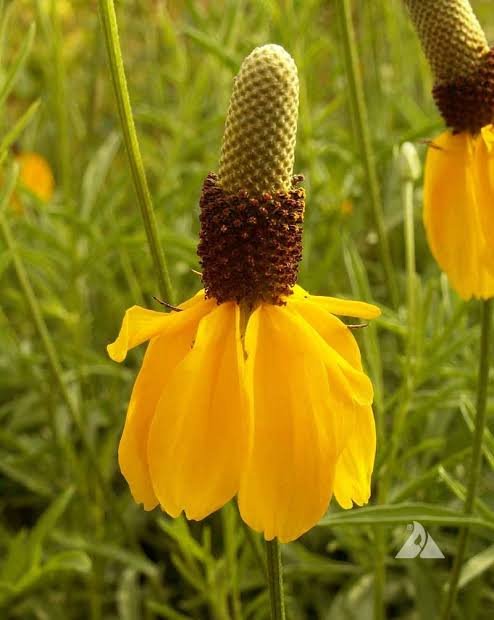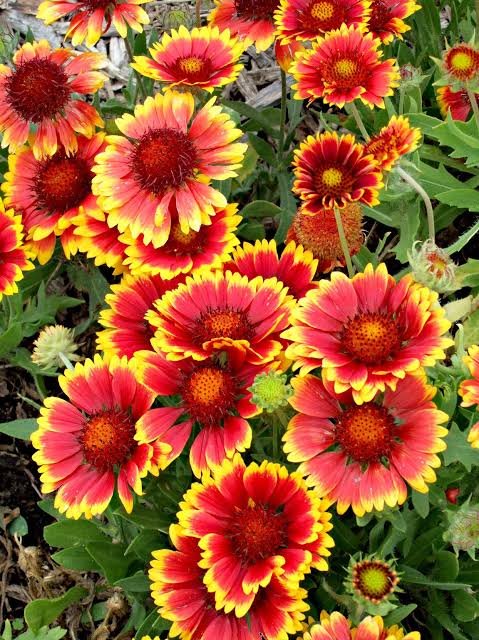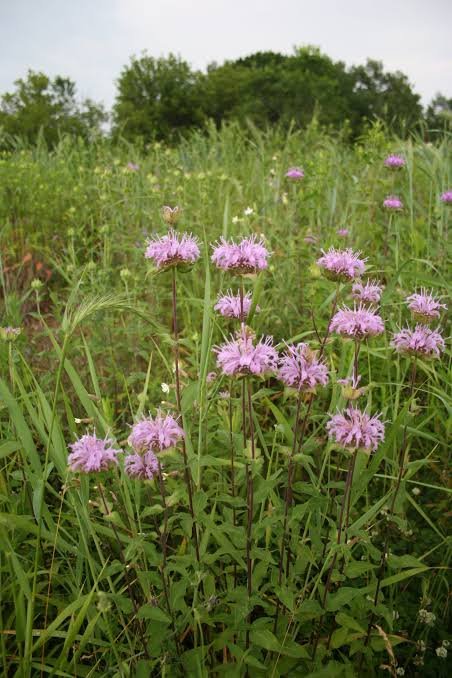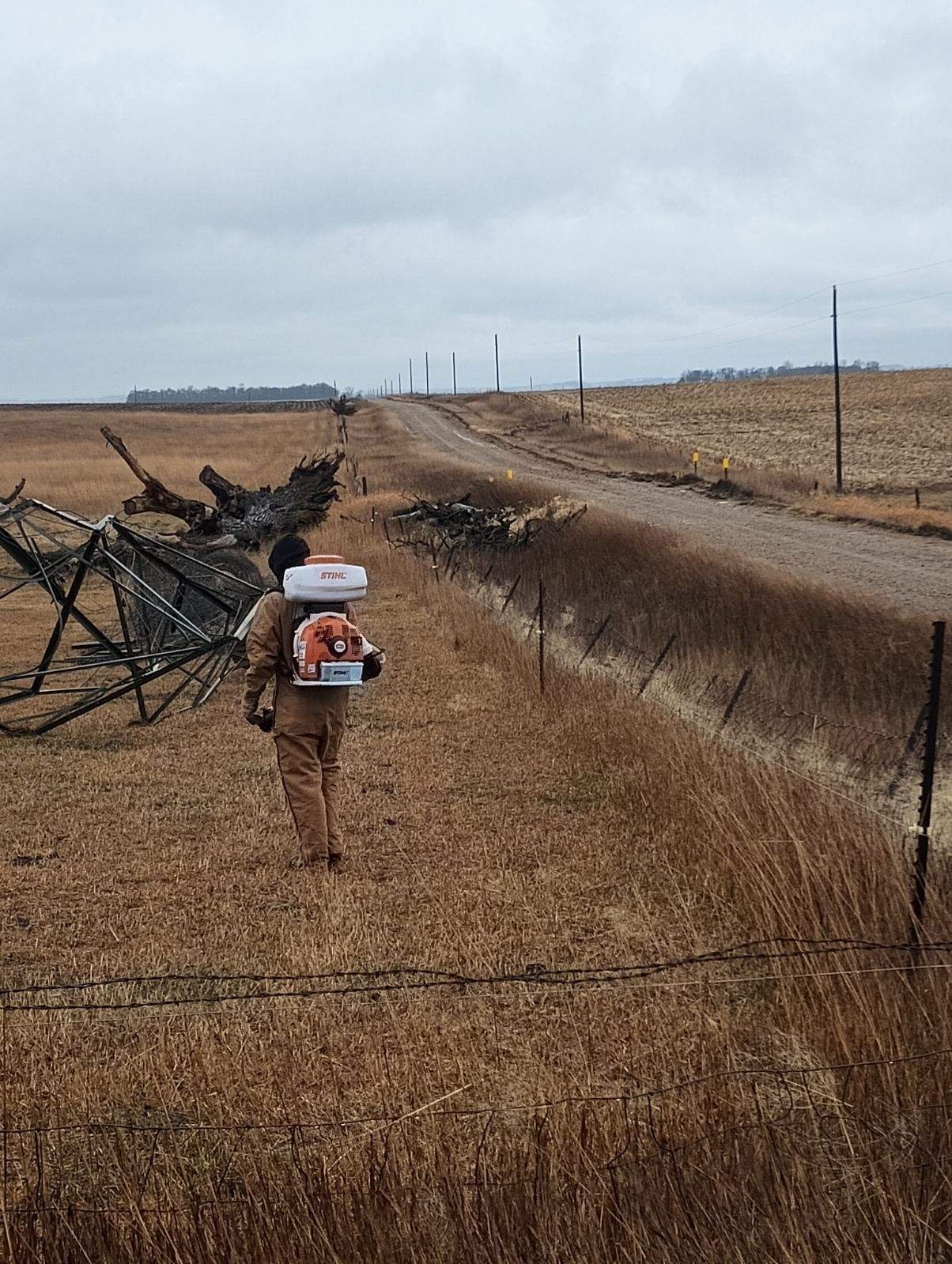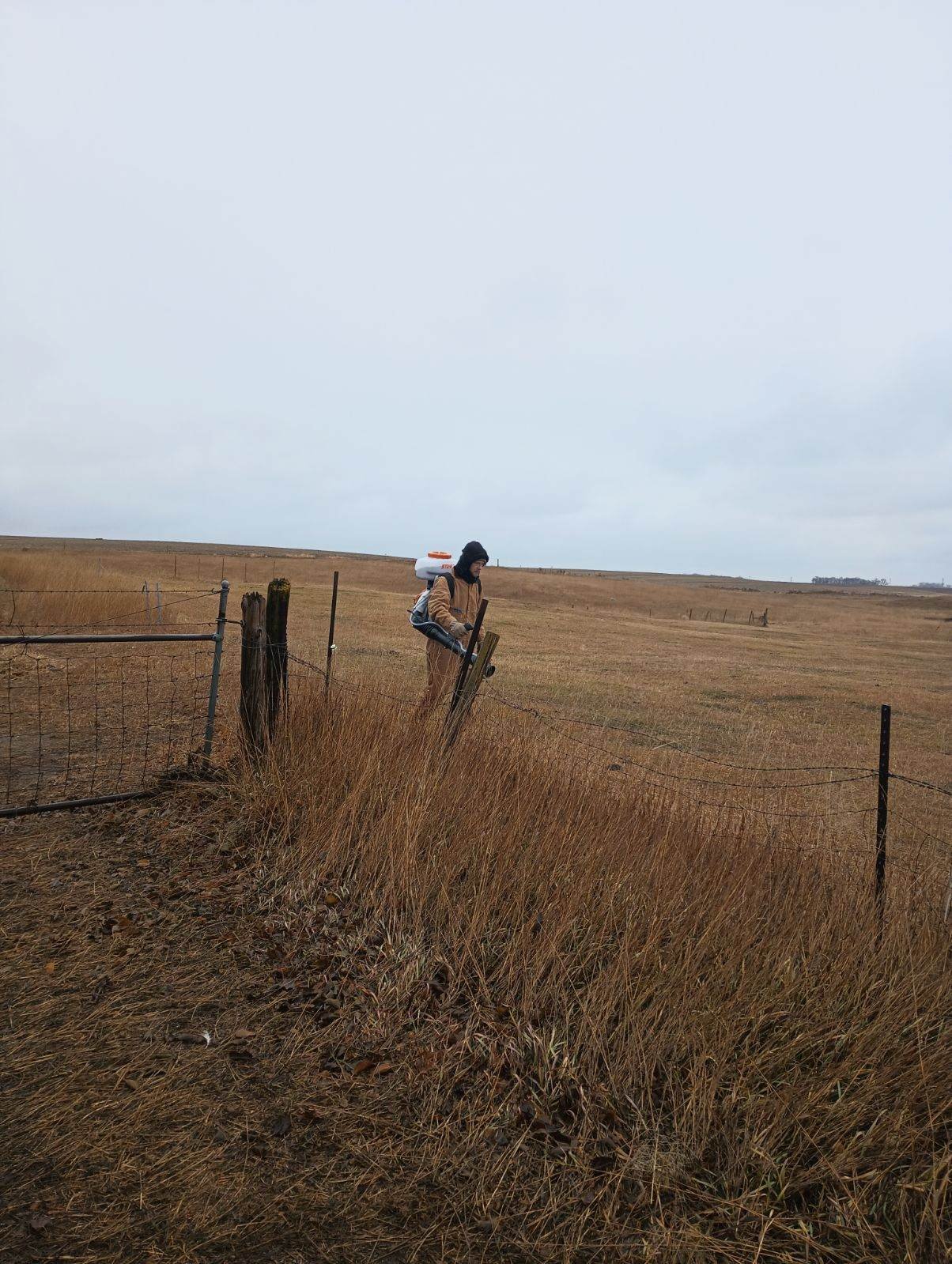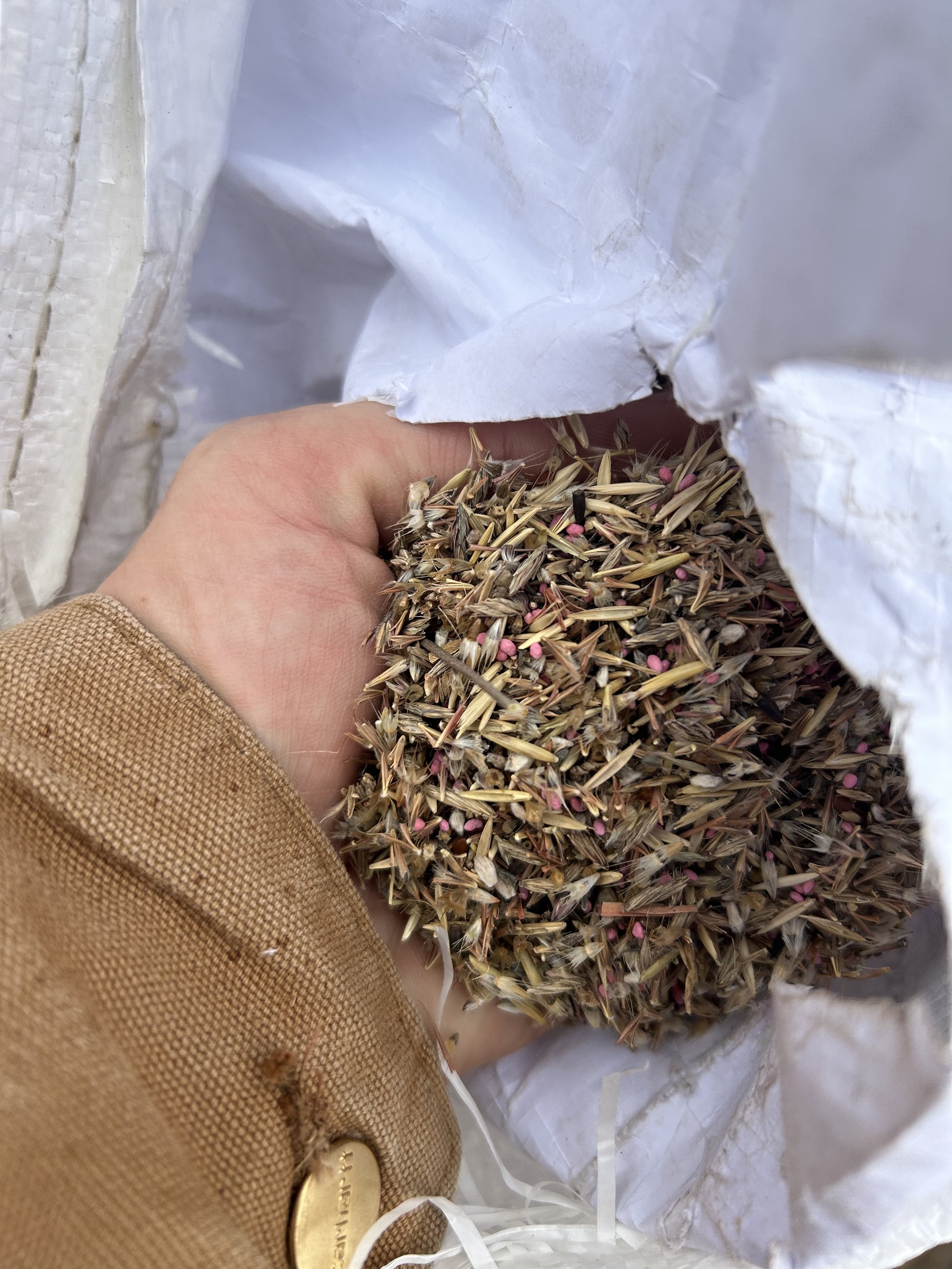Cold Stratification for 2024
It’s true. I spread 5 acres of seed on the prairie on Christmas Eve. It started raining in the afternoon on the 23rd and quit raining just about the time we arrived on the 24th at noon.
Weather on the prairie on 12/23/23.
Weather on the prairie on 12/24/23.
We purchased 5 acres of seed from Pheasants Forever.
This 18 species Pollinator mix designed to meet SD CP42 Pollinator standard in MLRAs on Loamy soils. Updated Jan 2023.
Alfalfa (VNS) (0.62), Wild Bergamot (0.05), Blanket Flower (0.35), Prairie Cinquefoil (0.01), Prairie Coneflower (0.15), Illinois Bundleflower (0.36), Indian blanket (0.43), Common Milkweed (0.09), Purple Prairie Clover (0.19), White Prairie Clover (0.08), False Sunflower (0.18), Maximillian Sunflower (0.24), Black-eyed Susan (0.08), Yarrow (0.04), Little Bluestem (0.46), Sideoats Grama (0.36), Slender Wheatgrass (0.35), Western Wheatgrass (0.49).
We own a commercial grade mister/spreader. This tool is great. You simply fill the top hopper with seed and walk around spraying it like you are a Ghostbuster.
I used my Strava app to ensure I recorded where I had been.
When I lay this data over my Google Earth paddocks you can see I was able to spread the seed pretty accurately from memory. There are no fences in this section so I had to go from memory as it was too cold to get my phone out and look at the map.
You can see from the following image that Christmas brought us the precipitation and cold to burry and encase the seeds for cold stratification.
Seed stratification is a process that involves subjecting seeds to a period of cold and moist conditions to break dormancy and promote germination. Many plant species, particularly those native to temperate climates, have evolved mechanisms to prevent immediate germination of seeds upon dispersal. This dormancy helps seeds survive unfavorable conditions, and stratification is a natural way to signal to the seeds that the conditions are suitable for germination.
Here's how seed stratification works and how it can be beneficial for prairie restoration:
Seed Stratification Process:
Collection: Seeds are collected from native prairie plants.
Cleaning: Seeds are cleaned to remove any debris, chaff, or other impurities.
Moistening: Seeds are moistened to initiate the imbibition process, where water is absorbed by the seed.
Cold Treatment: Seeds are subjected to a period of cold and moist conditions, simulating winter conditions. This cold period helps break dormancy by overcoming physiological barriers that inhibit germination.
Warmth: After the cold treatment, seeds are exposed to warmer temperatures to signal the end of winter and the beginning of the growing season.
Planting: The treated seeds are then planted in the desired restoration area.
Benefits of Seed Stratification for Prairie Restoration:
Increased Germination Rates: Seed stratification enhances germination rates by mimicking the natural conditions required for many prairie plant species to break dormancy.
Species Diversity: Different prairie plant species may have specific stratification requirements. By understanding and implementing seed stratification techniques, restoration efforts can promote a diverse array of native species.
Timing Control: Seed stratification allows land managers to control the timing of germination. This can be particularly important for prairie restoration projects where establishing a diverse and resilient plant community is a priority.
Improved Establishment: Stratified seeds are more likely to establish and grow successfully when planted in the appropriate environmental conditions, contributing to the success of prairie restoration efforts.
Using Seed Stratification for Prairie Restoration:
Identifying Species Requirements: Understanding the specific stratification requirements of target prairie plant species is crucial. Different species may have varying needs in terms of cold duration, moisture levels, and temperature fluctuations.
Timing: Implement seed stratification during the appropriate season. Cold treatment typically occurs during the winter months, followed by planting in the spring when conditions are conducive to germination and growth.
Monitoring Conditions: Regularly monitor and control the environmental conditions during the stratification process to ensure that seeds are exposed to the required cold and moist conditions.
Collaboration: Work with experts, ecologists, and local resources to gather knowledge about the specific requirements of prairie plants in the target restoration area. Collaboration can help tailor stratification techniques to the unique characteristics of the ecosystem.
By employing seed stratification as part of a prairie restoration strategy, land managers can enhance the success and diversity of native plant establishment, contributing to the overall health and resilience of the restored prairie ecosystem.
What we did was leverage the impending snowfall to our advantage.
Spreading seeds just before the first major snowfall of the season can mimic a natural stratification process in prairie restoration, particularly for plant species that require cold-moist stratification to break dormancy. This approach takes advantage of the cold temperatures and snow cover during the winter months to provide the seeds with the necessary conditions for stratification. Here's how this method can mimic natural seed stratification:
1. Seed Collection and Preparation:
Collect seeds from native prairie plants, ensuring that they are mature and have gone through their natural ripening process.
Clean the seeds to remove any debris or impurities.
2. Moistening the Seeds:
Before spreading the seeds, moisten them to initiate the imbibition process, allowing water to penetrate the seed coat.
3. Timing:
Choose the timing carefully to coincide with the natural timing of seed dispersal in the prairie ecosystem. Aim to spread the seeds just before the first major snowfall of the season.
4. Spread Seeds on Bare Soil:
Ensure that the seeds are spread over bare soil to make direct contact with the ground.
5. Snow Cover:
The snow cover serves as a protective layer for the seeds, providing insulation against extreme temperatures and creating a moist environment.
6. Cold Temperature Exposure:
As the seeds lay beneath the snow, they are exposed to cold temperatures. The cold treatment helps break dormancy by overcoming physiological barriers that inhibit germination.
7. Snow Melt:
When the snow begins to melt in the spring, it exposes the stratified seeds to warmer temperatures. This change in conditions signals the end of winter and the beginning of the growing season.
8. Natural Germination:
With the combination of cold exposure and subsequent warming, the stratified seeds are more likely to germinate naturally when the environmental conditions are favorable.
Benefits of Snowfall Seed Spreading:
Simulates Natural Processes: This method mimics the natural process of seed dispersal and stratification that occurs in many prairie ecosystems where seeds fall to the ground before winter.
Protects Seeds: The snow cover provides insulation and protection for the seeds against extreme temperatures, as well as potential predation by birds and rodents.
Moisture Retention: The snow layer helps retain moisture, ensuring that the seeds remain in contact with a consistently moist environment.
Timing Alignment: By spreading seeds just before the first major snowfall, the timing aligns with the natural cycle of many prairie plant species, optimizing the chances of successful germination.
Low-Cost Approach: This method is relatively low-cost and relies on natural processes, making it suitable for large-scale prairie restoration projects.



